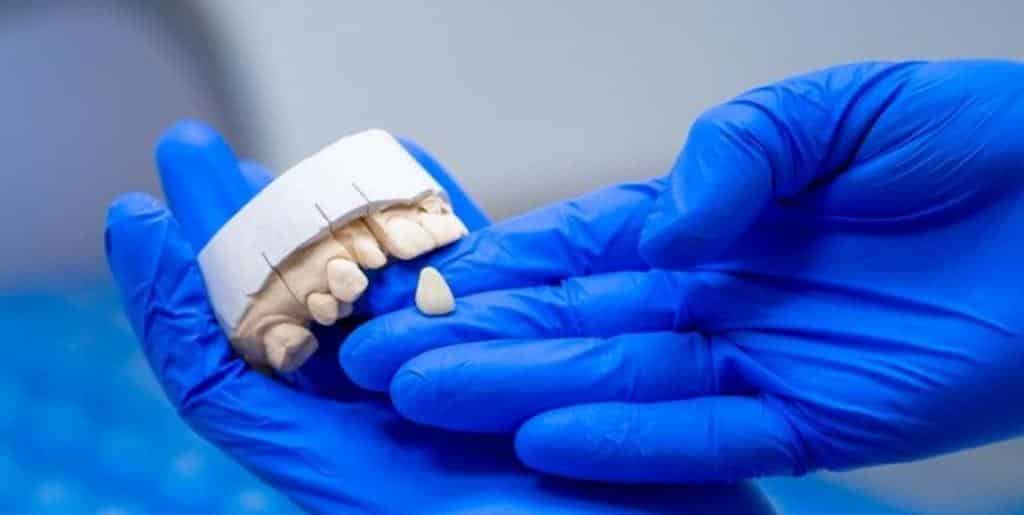Some say it adds to beauty, others look for a way to get rid of it - a gap between teeth. As well as aesthetic issues, it can also cause speech problems, malocclusion and even periodontal disease. Where does the gap between teeth come from, and most importantly for many people, how can it be removed?
A gap between teeth, or what is a diastema
A diastema is nothing more than a gap between the medial incisors, i.e. the unifts, which is a minimum of 2mm.
We can distinguish between different types of diastema. Parallel diastema occurs when the lower teeth are parallel to each other. Convergent if the lower parts of the teeth are directed towards each other and divergent if the ones are directed away from each other.
And where does the gap between teeth come from?
There are many causes, the most common being hypertrophy of the upper lip frenulum. This causes disturbances in tooth growth. Other causes include:
- no lateral incisors
- teeth that are too small or have too large an arch in relation to the width of the teeth
- too much space in the jaw, causing the teeth to move apart
- additional tooth present in the palatal bone
- mechanical injuries
- periodontal disease, including parodontitis, which causes teeth to shift
Whatever the cause, if a gap between teeth appears in an adult it is necessary to orthodontic consultation.

When is a diastema a serious problem?
In most cases, patients want to remove the gap between teeth for aesthetic reasons. However, this is not the only problem that diastema can cause.
Others include problems with pronunciation. This is very important especially for people for whom language is the basis of their work, such as actors or radio and television journalists. A gap between the teeth can cause a problem with pronouncing some of the sounds and a seplenia.
Among the serious consequences of diastema we can include malocclusion. And you can read about what the consequences of crooked teeth are in our article with a similar title "Crooked teeth - causes and how to get rid of an embarrassing smile".
In most cases, the gap between teeth does not pose a health risk. However, if it appears suddenly and the gap between teeth widens rapidly, it is essential to see a dentist as soon as possible. It could be periodontal disease or cancer.

How to remove the gap between teeth?
One of the quickest methods is to fill it with composite. However, this is not a very permanent solution and the gap must not be too large. The same applies to veneers. Here, too, the distance between the two teeth must not be too great. Veneers are porcelain or composite tooth caps. With veneers, you not only get rid of the gap between your teeth, but also improve the shape and colour of your teeth.
IMPORTANT: When fitting veneers, a portion of the enamel must be sawn off, thus making it a lifelong decision. You can read more about this in the article "Dental veneers in the UK. Everything you need to know".
A very effective but time-consuming solution is braces. For patients who are still growing, removable braces are most commonly used. For adults, fixed braces are necessary.
If you would like to learn more about this topic we recommend our article "Types of braces in the UK - what to choose". Remember, too, that whatever type of braces you have, you need to look after your teeth properly. And you can read more about this in our material "How to care for teeth with braces".
Sometimes a frenulum excision is also necessary, but this is decided by the doctor. As well as whether to perform this procedure before or after braces are fitted.
If you are struggling with diastema and you want to get rid of the gap between your teeth make yourself known to us. The doctors will select the best solution for you.
We would also like to remind you that you can take advantage of the instalment system at our practice. Importantly, the first 12 months are zero interest, meaning you only pay back what the treatment cost. You can read more in our article "Teeth on credit: dental treatment on hire purchase".

